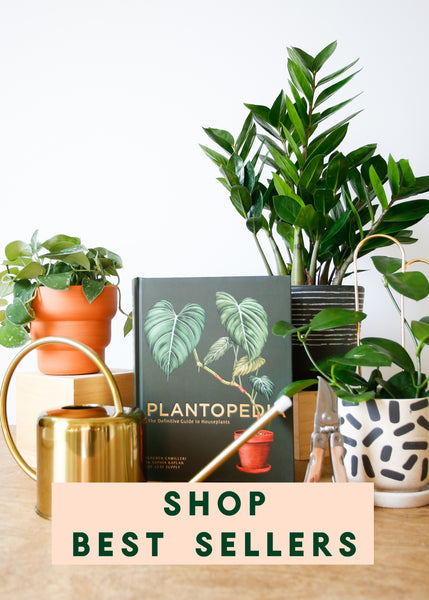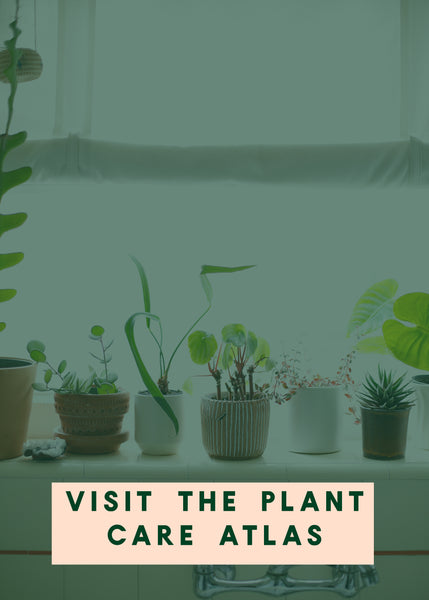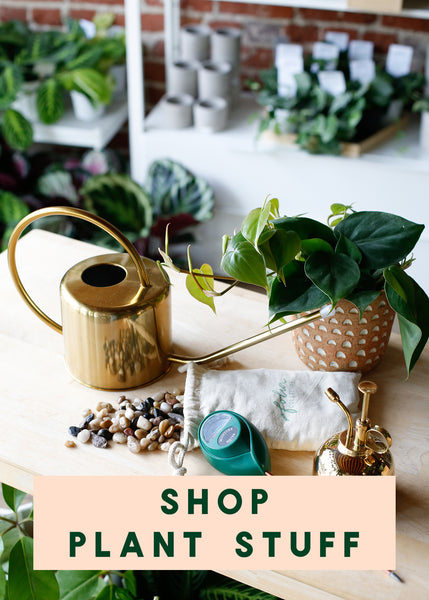Plant Know-How: Tillandsia

Tillandsia, or Air Plants, are often called “easy care plants”, which can lead to people labeling themselves a black thumb if their plant dies. Part of the problem is the name Air Plant is often misunderstood to mean these plants only need air to survive. This is not the case. Like all plants, Air Plants need light and water to survive. The only thing Tillandsia don't need is soil, hence the name Air Plants. Tillandsia fall into three different categories, knowing and understanding these different varieties is one of the best ways to understand the care for your plant! The three different types of Tillandsia are Hydric, Mesic and Xeric.
Hydric Tillandsia grow in extremely wet, humid and shaded conditions under dense canopies. This type of Tillandsia is not usually kept in cultivation.

Mesic Tillandsia also live in humid and wet conditions, but aren't as extreme as Hydric Tillandsia and generally prefer brighter light conditions. This type of Tillandsia can be identified by waxy, often green leaves.

Xeric Tillandsia exist on the opposite end of the spectrum from Hydric Tillandsia. This type of Tillandsia are native to dry areas and are used to very bright light. You can identify Xeric Tillandsia by their abundance of trichomes, which are delicate white hairs that are used to absorb moisture and other nutrients from the air and make the plants look fuzzy or silvery.
If you're ready to try out a Tillandsia of your own we've broken down their care even more below!
HOW TO CARE FOR TILLANDSIA:
Light Requirements: The amount of light your Tillandsia needs will depend on which type of Tillandsia you have. Generally all Tillandsia need bright indirect light, but some Mesic types will tolerate lower light than Xeric types.
Water Tips for Tillandsia: Watering Tillandsia is one of the most misunderstood aspects of their care. We recommend fully submerging and soaking your Tillandsia overnight every 10 days for Mesic types and every 14 days for Xeric types. After soaking place your plant upside down to dry for 4-6 hours before returning it to where it's displayed. Mesic types of Tillandsia won't mind a bit of added misting as well!
Are Tillandsia Pet Safe? All types of Tillandsia are pet safe. If you're looking for more pet-safe plants, check out the Pet Safe category of the Plant Care Compendium!
Did you know? Tillandsia flower! Once your Tillandsia flowers it will produce off shoots, or pups. After the flower dies the mother plant will begin to die as well, but the pups will grow and live on!




